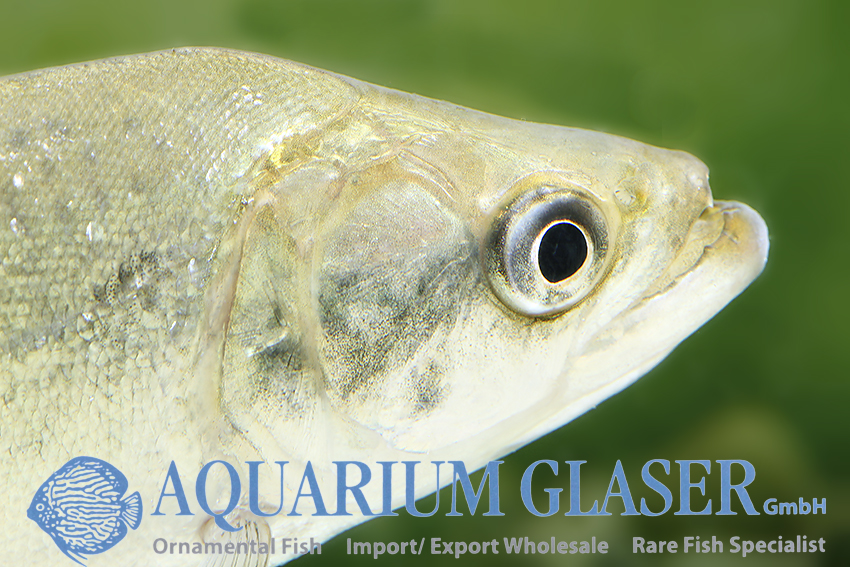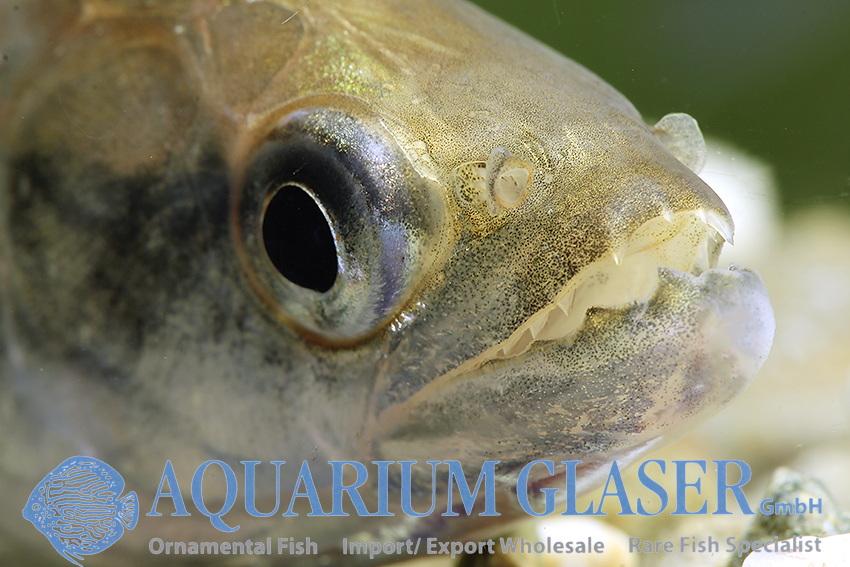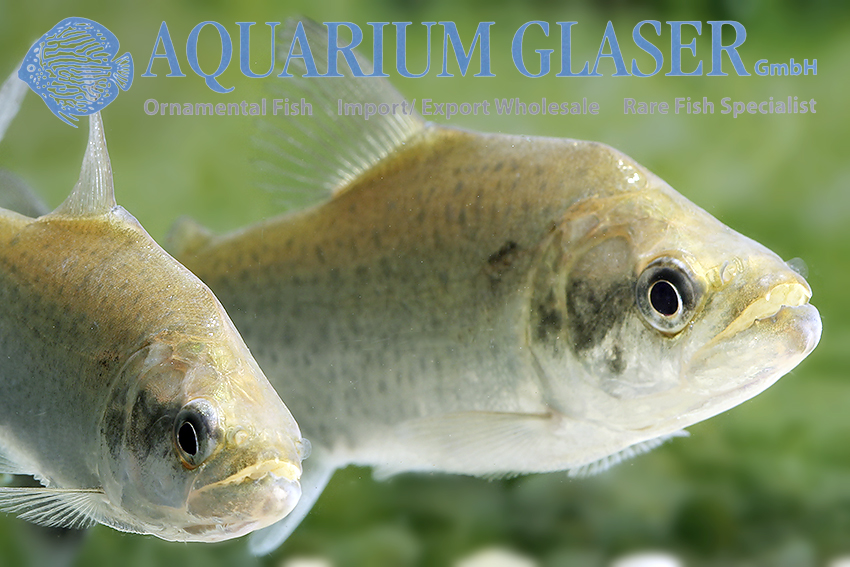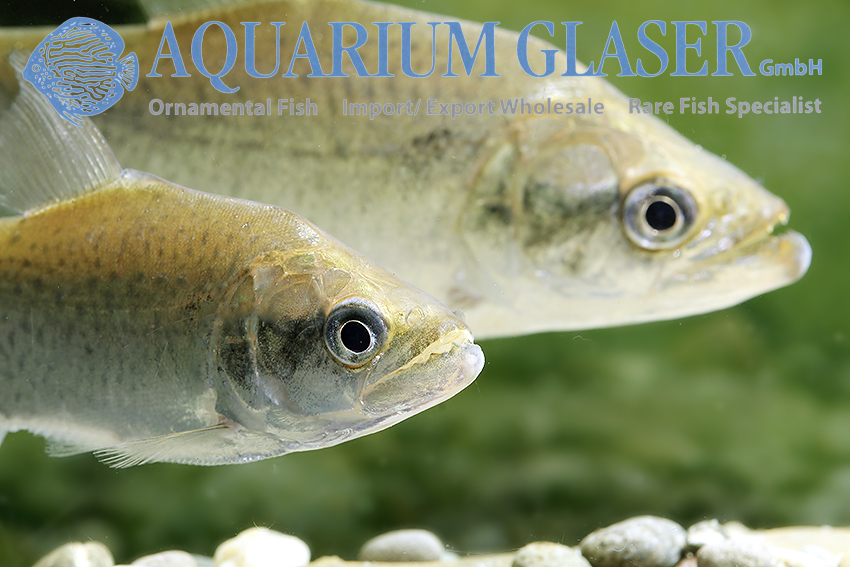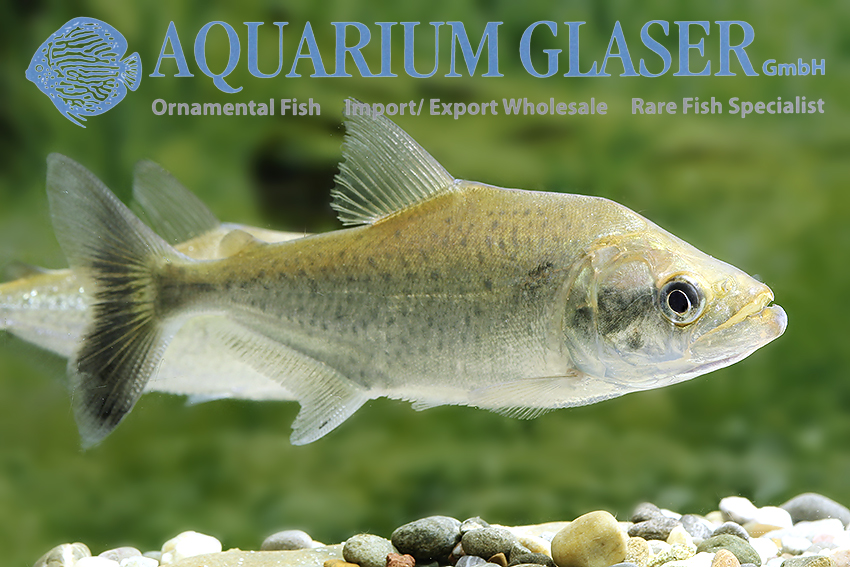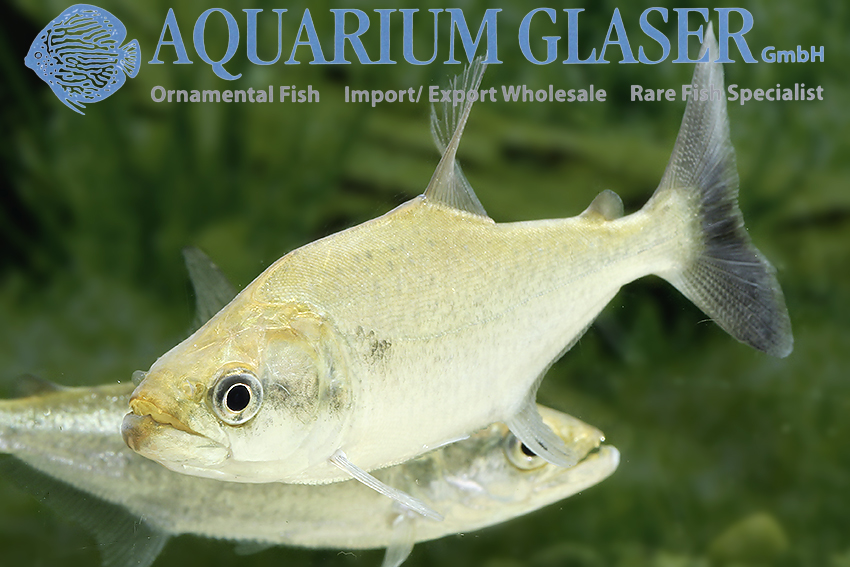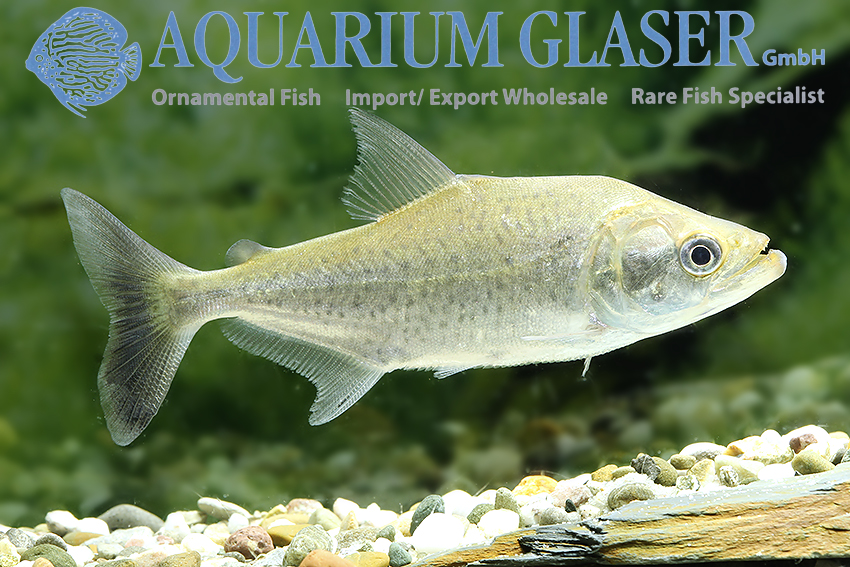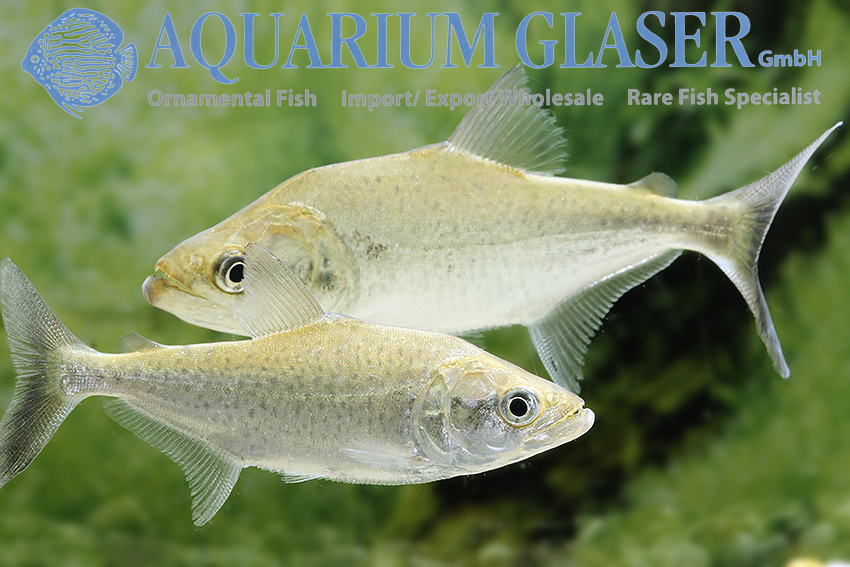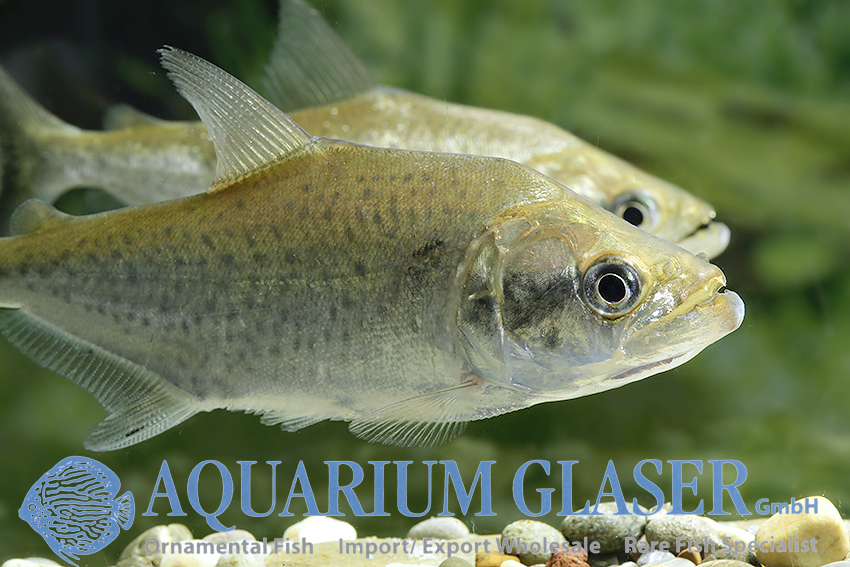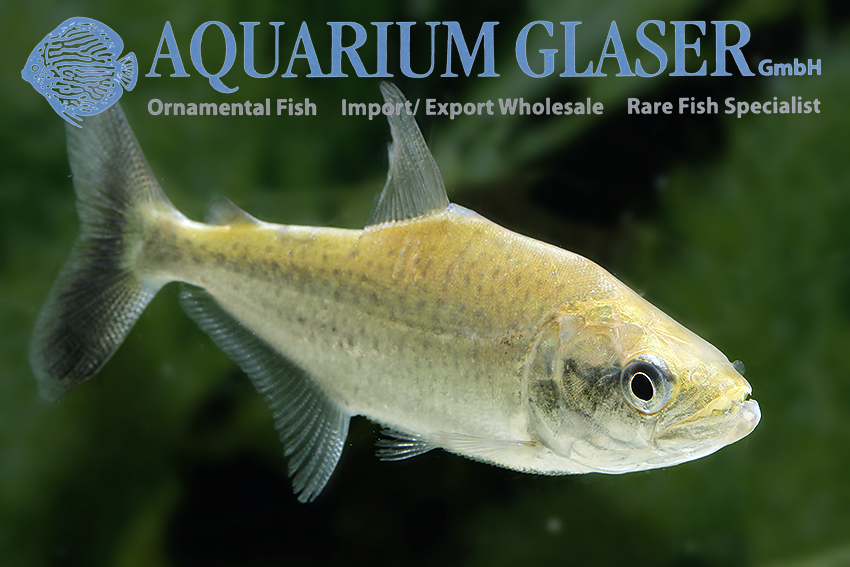This very elongated Piranha can be confused hardly with other species because of its characteristic body shape. Type locality is the Rio Guaporé, Mato Grosso, Brazil. Aquaristic imports are mostly from Peru.
Serrasalmus pingke from Venezuela was described from the Rio Apure. The holotype (54 mm long) is shown in MACHADO-ALLISON (2002); it has a black spot on the tail base. MACHADO-ALLISON evaluates this, as well as FERNÁNDEZ-YÉPEZ & RAMIREZ, 1967 as a juvenile pattern. S. pingke is a synonym for S. elongatus. This has been repeatedly contradicted and S. pingke is seen sometimes as a good species. The solution for this riddle can be found in the appendix of the “Piranha Book” by MYERS (1972). There are hand drawings of all piranha species from Venezuela by FERNÁNDEZ-YÉPEZ, which he distinguished. And there is a young specimen of S. manueli called S. elongatus. The assumption that S. pingke is a different species than S. elongatus was based on this confusion and S. pingke is surely a synonym for S. elongatus.
From about 8 cm length on S. elongatus develop a color pattern of vertical lines in the front part of the back and dots on the flanks. But some specimens are evenly dotted all over the body. A relatively small, roundish humeral spot is often present, but sometimes indistinct, the whole caudal fin is blackish up to the outermost edge, which is transparent. From about 10-12 cm length the iris is red, before silver. Sexually mature males seem to get a red belly and gill cover area. Striking and typical for S. elongatus is a dark eye mask. With a maximum length of about 30 cm S. elongatus is one of the largest piranha species. The species is considered to be very aggressive, is a notorious fin biter and should be cared for individually if possible to avoid losses.
Possibilities of confusion exist actually only with Serrasalmus irritans (https://www.aquariumglaser.de/en/fish-archives/serrasalmus_irritans_en/), which is however more high-backed and has a dark band at the base of the caudal fin.
The distribution area of Serrasalmus elongatus covers the entire entry of Orinoco and Amazon.
For our customers: S. elongatus has code 291804 on our stocklist. Please note that we only supply the wholesale trade.
Text & photos: Frank Schäfer
Literature:
FERNANDEZ-YEPEZ, A. & M.V. RAMÍREZ (1967): Los caribes (serrasalmidos) de Venezuela y las pesquerías. Trabajos anexos a la Comisión Contribuciones al tema. Ier Foro Internacional sobre Planificación y Desarrollo Pesquero, Caracas: 1-25 + 18 Figs.
MACHADO-ALLISON, A. (2002): Los peces caribes de Venezuela: una aproximación a su estudio taxonómico. Boletín de la Academia de Ciencias Físicas Matemáticas y Naturales de Venezuela, 62: 35-88
MYERS, G. (1972): The Piranha Book. Trop. Fish. Hob. Publ., Neptune City, NJ. 125 pp.





